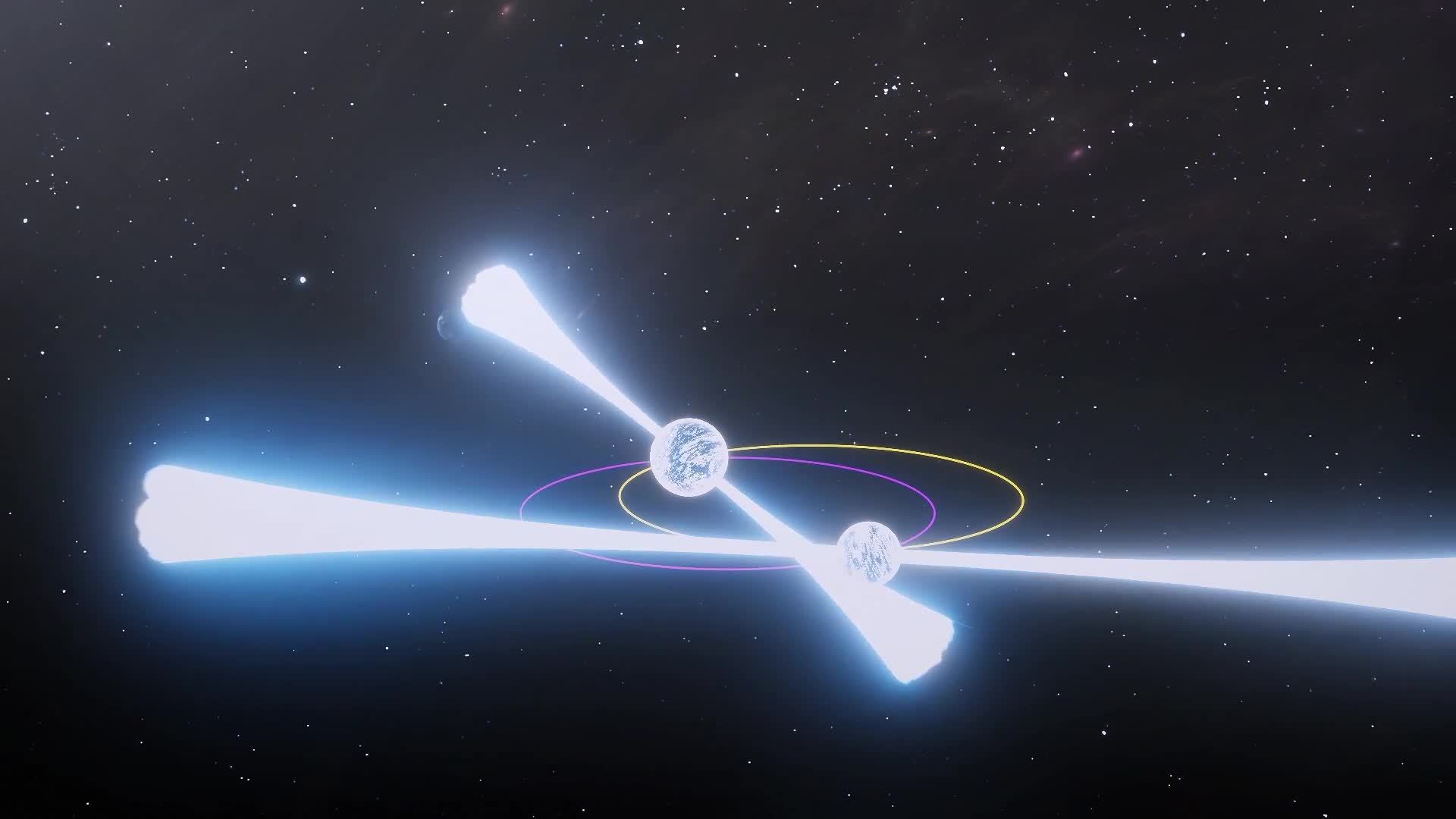In the expansive theater of cosmological phenomena, few narratives resonate more profoundly than that of General Relativity. This transformative theory, orchestrated by the genius of Albert Einstein, not only redefined our perception of gravity but also delineated the contours of spacetime in intricate elegance. Recent studies, particularly an investigation within the realm of distant galaxies, have offered yet another testament to the solidity of Einstein’s intellectual edifice, thereby reaffirming the continued relevance of his theories in contemporary astrophysical research.
At the core of General Relativity lies a fundamental premised paradox: mass and energy do not merely occupy the cosmos; they distort the very fabric of spacetime. This enigmatic intertwining of mass with the geometry of the universe establishes gravity as an intrinsic characteristic of spacetime rather than a mere force acting at a distance. Historically, this paradigm shift prompted a cascade of questions concerning the behavior of light around massive objects, known as gravitational lensing—a phenomenon brilliantly illustrated in the cosmic ballet performed by galaxies and light.
Gravitational lensing serves as a visual metaphor for understanding how light routes through warped spacetime. When light from a distant star traverses the gravitational field of an intervening galaxy, it bends and twists, creating multiple images, arcs, or even rings of the original celestial object. This effect is akin to observing an image distorted by glass, yet the lens through which we view these cosmic structures is the gravitational influence of mass. The recent study focuses specifically on galaxy clusters, multi-faceted assemblages of stars and dark matter that generously illuminate the nature of General Relativity’s predictions.
Investigative astronomers embarked upon a meticulous study involving an assemblage of galaxy clusters located billions of light-years away. By examining the patterns of light emanating from these clusters, researchers sought to verify Einstein’s assertion regarding the curvature of light due to gravitational effects. Their findings corroborated the theory’s predictions with an astonishing precision that affirms the inherent harmony between observation and theory. As light spiraled and curved around these celestial giants, its journey revealed truths that are as ancient as the cosmos itself.
This alignment of empirical evidence with theoretical predictions serves as a crucial endorsement of General Relativity, instilling renewed vigor within the scientific community regarding its foundational principles. The study elucidated not just the aesthetic grace of Einstein’s theory but also its robust applicability under conditions of extreme gravitational influence. Variations in the observed light, as predicted by the equations governing spacetime, manifested clearly and compellingly, thereby silencing dissenting voices that have emerged over the years, questioning the universality of relativistic principles.
Moreover, this recent study contributes to an even more intricate tapestry—that of dark matter. Although its presence remains elusive, the influence of dark matter becomes increasingly discernible through its gravitational effects on visible matter. Galaxy clusters serve as natural laboratories for discerning the distribution of both visible and dark entities, which intertwine to create the gravitational tapestry we observe. The harmonious interaction between the known and unknown elements of the universe weaves a complex narrative that continues to unravel before our eyes.
As we dissect the implications of these findings, it is essential to embrace the philosophical ramifications entwined within. The profound inquiry into the nature of existence and reality is, after all, a quintessential element of scientific exploration. If General Relativity holds true, as these findings suggest, it prompts us to redefine our stance on the universe and our perception of reality itself. The notion that spacetime is a malleable construct, shaped by the massy giants that populate the void of space, compels the intellectual to grapple with a reality in which our understanding is but a shadow of the profound complexities that lie beyond simple observation.
Furthermore, the synergy of different scientific disciplines is brought to the forefront in these studies. The convergence of astrophysics, mathematics, and cosmology encapsulates the interdisciplinary nature of modern science. The pursuit of a deeper understanding of the universe relies not solely on the brilliance of a singular theory but rather on the collaborative effort of myriad scientific minds, drawing from a wellspring of knowledge and experience.
In conclusion, the confirmation afforded by the recent study of galaxy clusters stands as a vital milestone in the saga of General Relativity. It is akin to a resounding chord reverberating through the vast expanse of the scientific landscape, a reminder of the timeless human pursuit of knowledge. With every new revelation, the intricate dance of mass and light continues, captivating the imaginations of both the scientist and the dreamer. As we peer deeper into the cosmic abyss, it becomes increasingly clear that our quest for understanding is perpetual, echoing the infinite dimensions of the universe we strive to comprehend. In this light, Einstein’s theory remains not just a relic of past brilliance but a vibrant living framework, inviting us to pursue the uncharted expanses of space and time with renewed determination.












